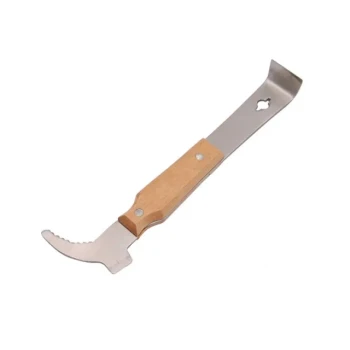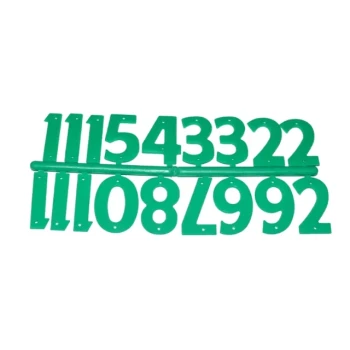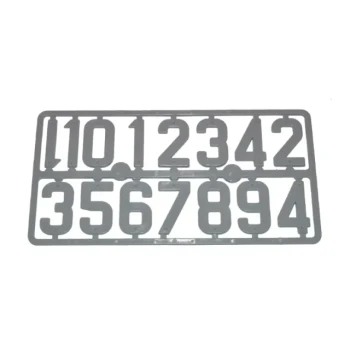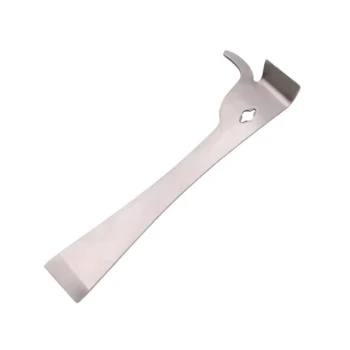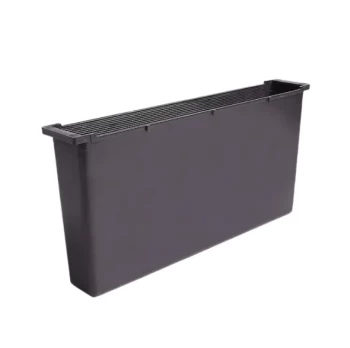The definitive method for harvesting honey from a Top Bar Hive (TBH) is a straightforward, manual process. Unlike other hive types, you do not need an expensive centrifugal extractor. Instead, you will carefully cut the honeycomb from the top bars, crush it by hand, and then strain the honey from the wax.
The core principle of a Top Bar Hive harvest is its simplicity. You are harvesting both the honey and the wax comb it is built on, making the process low-tech and perfectly suited for the backyard beekeeper.
When to Harvest Your Honey
Timing is critical for both the quality of your honey and the health of your colony. A premature harvest yields unripe honey, while a late or excessive harvest can starve your bees.
Look for Capped Honey
Ripe honey has been dehydrated by the bees to the correct moisture content (under 18.6%) and sealed with a white wax capping. Honeycomb that is at least 80% capped is ready for harvest.
Start from the Back
In a Top Bar Hive, the colony naturally organizes itself with the brood nest (where young are raised) at the front near the entrance, and honey stores at the back. Always begin your inspection and harvest from the rearmost bars.
Leave Enough for the Bees
Never take all the honey. A good rule of thumb is to leave at least one-third of the honey stores for the colony, especially when heading into winter. The bees worked hard to make it, and it's their primary food source.
The Harvesting Process: A Step-by-Step Guide
This process is best done on a calm, sunny day when many forager bees are out of the hive.
Step 1: Remove Bees from the Comb
Gently lift a top bar of honey from the back of the hive. The bees will be covering the comb.
Hold the bar firmly over the open hive and give it a sharp shake downward. This will dislodge most of the bees, and they will fall safely back into the hive.
Use a soft bee brush to gently sweep off any remaining bees.
Step 2: Cut the Comb
Hold the bar over a clean, food-grade bucket. Using a sharp knife (a simple bread knife works well), carefully slice the honeycomb away from the top bar.
Leave about a half-inch of comb along the top bar. This acts as a guide for the bees to build straight combs in the future.
Step 3: Secure the Harvested Comb
Place the full sheet of honeycomb into your bucket and cover it to keep curious bees or debris out. Repeat this process, moving from the back of the hive forward, until you have harvested your desired amount.
Processing Your Harvest: The Crush and Strain Method
This is where you separate the honey from the wax. It's a beautifully simple—and slightly messy—process.
Crushing the Comb
Once you are away from the hive, use your (clean) hands or a large spoon to crush the honeycomb inside the bucket. Break up all the wax cells to release the honey.
Straining the Honey
Place a double layer of cheesecloth or a simple kitchen strainer over a second clean, food-grade bucket. Pour the honey-and-wax mixture from the first bucket into the strainer.
Gravity will do the rest. Let the setup sit for several hours (or overnight) to allow all the pure honey to drip through, leaving the beeswax behind in the strainer.
Storing Your Honey
Once fully strained, your honey is ready to be bottled in clean jars. Store it in a cool, dark place. The beeswax you collected can be rinsed and rendered down for other uses, such as making candles or balms.
Understanding the Trade-offs
The Top Bar Hive method is distinct from the frame-based system used in Langstroth hives, and it comes with its own set of advantages and disadvantages.
Pro: Simplicity and Low Cost
The crush and strain method requires no expensive or bulky equipment. A few buckets, a knife, and a strainer are all you need. This aligns with the minimalist philosophy of TBH beekeeping.
Con: The Comb is Sacrificed
Because you crush the comb, the bees must expend significant energy and resources to rebuild it from scratch. In a Langstroth hive, the extractor empties the frames, which are then returned to the bees to be refilled quickly.
Con: Potentially Lower Yield
The energy bees spend rebuilding comb is energy they are not spending making more honey. As a result, the total honey yield from a TBH can sometimes be lower than from a hive where combs are reused.
Making the Right Choice for Your Goal
Your approach to harvesting should reflect your beekeeping philosophy.
- If your primary focus is natural, low-intervention beekeeping: The crush and strain method is perfectly aligned with the philosophy of Top Bar Hives, offering a simple and direct connection to the harvest.
- If your primary focus is hive health: Always err on the side of caution and leave more honey than you think the bees will need, especially before winter.
- If your primary focus is enjoying the process: Embrace the hands-on nature of crushing and straining, as it is a unique and rewarding experience that other hive types do not offer.
This straightforward method respects the nature of the Top Bar Hive and rewards your efforts with pure, raw honey and clean beeswax.
Summary Table:
| Step | Key Action | Purpose/Note |
|---|---|---|
| 1. Timing | Harvest when 80% of comb is capped. | Ensures honey is ripe; start from the back of the hive. |
| 2. Remove Bees | Use a sharp shake and a soft bee brush. | Safely clears bees from the comb before cutting. |
| 3. Cut Comb | Slice comb from the top bar with a sharp knife. | Leave a half-inch of comb as a guide for bees. |
| 4. Crush & Strain | Hand-crush comb and strain through cheesecloth. | Separates pure honey from beeswax without an extractor. |
Ready to Start Your Beekeeping Journey or Scale Your Operations?
Harvesting honey is just one part of successful beekeeping. Having the right, reliable supplies is essential for the health of your colony and the quality of your harvest. Whether you're a commercial apiary focused on maximum yield or a distributor supplying beekeepers, HONESTBEE provides the high-quality, durable equipment you need.
We supply everything from top bars and hive tools to protective gear, helping you manage your hives efficiently and sustainably.
Contact HONESTBEE today to discuss your wholesale beekeeping supply needs and let us help you succeed.
Visual Guide
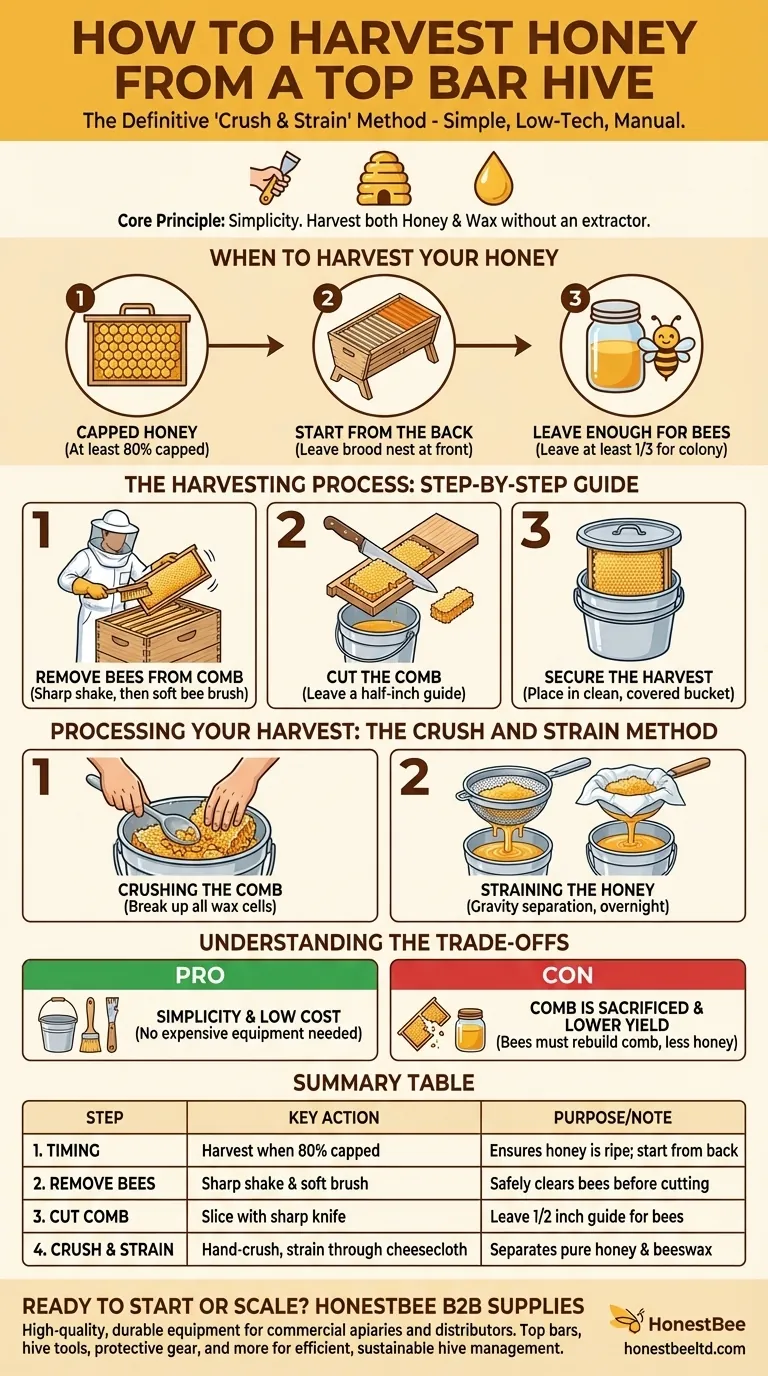
Related Products
- Top Bar Beehive for Beekeeping Wholesales Kenya Top Bar Hive
- Long Langstroth Style Horizontal Top Bar Hive for Wholesale
- HONESTBEE Professional Long Handled Hive Tool with Precision Cutting Blade
- HONESTBEE Professional Multi-Functional Hive Tool with Ergonomic Wood Handle
- HONESTBEE Advanced Ergonomic Stainless Steel Hive Tool for Beekeeping
People Also Ask
- Which is better Kenya top bar hive or Langstroth? Choose the Right Hive for Your Goals
- What are the advantages of harvesting honey from a top bar hive? Low-Cost, Simple Harvesting for Beekeepers
- Why are hive inspections easier with Top Bar Hives? Achieve a Calmer, Safer Approach to Beekeeping
- What are the key features of the Kenyan Top Bar Hive? A Guide to Simpler, Natural Beekeeping
- What are the benefits of a top bar hive? A Natural, Low-Impact Approach to Beekeeping



